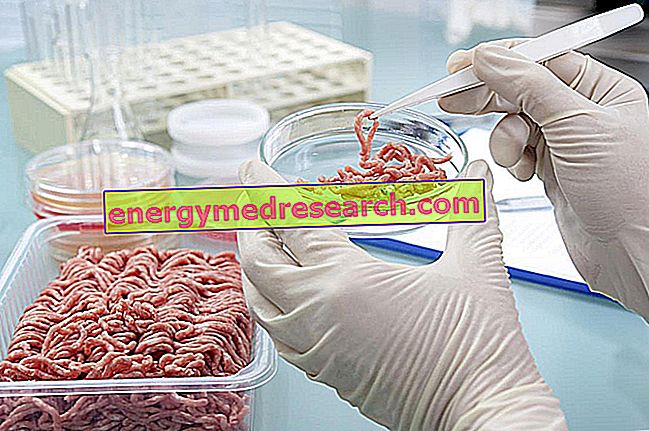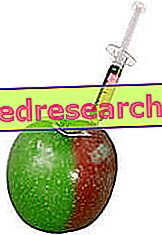See also: slimming tablets
Slimming products
The herbal market offers a vast assortment of products designed to support a low-calorie regime: infusions and draining herbal teas, fluid concentrates, capsules and slimming tablets are undoubtedly the favorite formulations.
Slimming tablets, unlike herbal teas, are preferred because they are more practical: in fact, they do not require waiting times - such as the infusion - and the consumer has the perception, sometimes unfounded, that the tablet "is more effective".

Mode of use
A good herbalist must be able not only to advise the most suitable product for the patient, but also to indicate the correct modality of use of the same: for example, the expert should make the client understand that the slimming tablets must be taken with a substantial amount of water, quantified in no less than two glasses. Water is in fact an integral part of the herbal product: if, for example, slimming tablets are characterized by mucilage, water is indispensable for forming a sort of gel at the gastric level that gives a feeling of satiety. Furthermore, the tablet must be taken at least ten minutes before the meal, in order to allow the mucilages to absorb all the necessary water.
Active principles
The slimming tablets could consist of glucomannan, cellulose, opuntia, altea, linseed and linden: let's see, now, which activities are related to these drugs of herbal interest.
- Glucomannan : it is a vegetable fiber extracted from Amorphophallus konjac . Glucomannan is a high molecular weight polysaccharide, consisting of polymers of glucose and mannose; it is a gum that has the ability to reduce hunger since it absorbs a lot of water, creating a gel in the stomach that induces a sense of satiety.
- Cellulose : represents a mix of xylar and extra-xylar fibers, and can derive from waste from plant processing. Cellulose is used in slimming tablets because the fibrils pass into the gastric tract and are eliminated with feces. During this step, the cellulose is able to stimulate the lining cells of the intestine to produce mucus, making it easier for food to arrive in the intestinal tract.
- Opuntia ficus indica : the prickly pear cactus (cladodi) is rich in mucilage and heteropolysaccharides which, at the gastric level, swell giving a feeling of satiety.
- Altea officinalis : the roots of this plant are rich in heteropolysaccharides that have the same function as the opuntia; in addition, there are phenols and polyacetylene compounds with a soothing and disinfectant action (for this reason, the altea is also found in products for oral hygiene).
- Tilia platyphillos : we consider linden flowers, rich in mucilage. In addition, the linden is rich in phenyl propanes, terpenes and flavonoids with anxiolytic activity.
- Linum usatissimum : also flax seeds represent a source of mucilage, therefore they could replace the lime tree.
However, a herbal formulation of this type, designed to be an adjunct to low-calorie diets, is not complete: in fact, it causes swelling in the stomach. To solve this problem, we recommend a combined herbal product based on star anise and fennel: the essential star anise oil (anethole) and the fennel extract (fencone) have carminative properties, limiting the intestinal gas caused by fermentation . The combination of this product improves the activity expressed by the slimming tablets.



